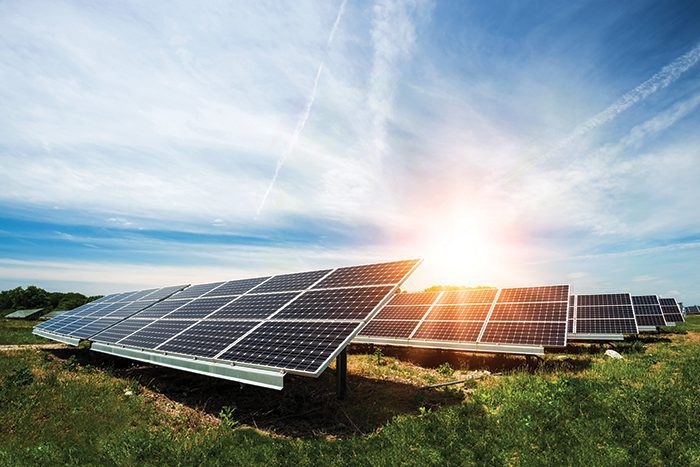International Space Station: A Collaborative Marvel and Future Uncertainty
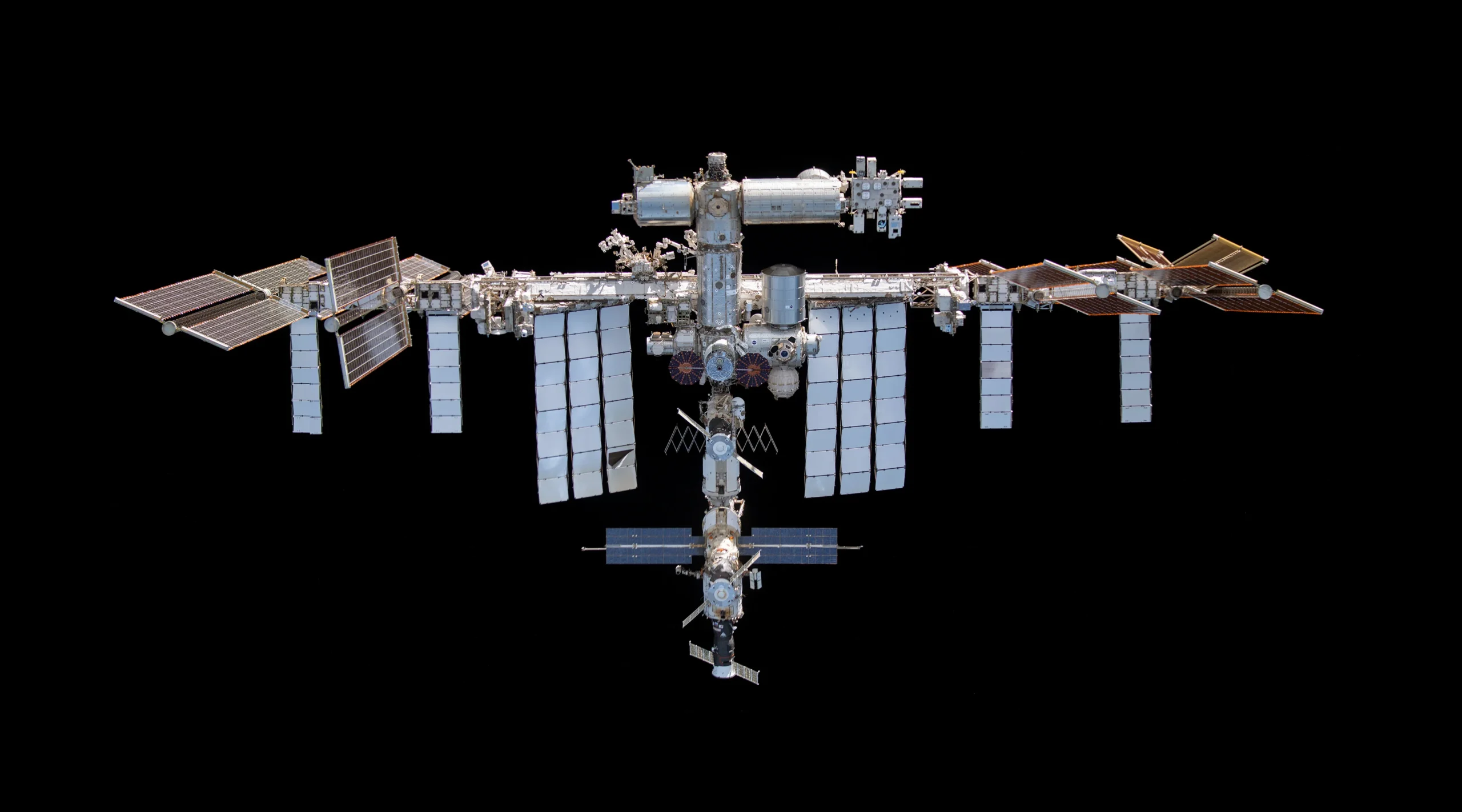
Overview
The International Space Station (ISS) is a monumental multi-nation construction project and the largest single structure humans have ever put into space. Its primary construction spanned from 1998 to 2011, and the station has been continuously occupied since November 2, 2000. The ISS remains a hub for new missions and experiments, evolving over time.
Ownership and Cost
The ISS is a collaborative program involving multiple nations, including the United States, Russia, Japan, Canada, and members of the European Space Agency (ESA). The cost for NASA to operate the ISS is about $3 billion annually, which is roughly one-third of its human spaceflight budget.
International Collaboration
As of May 2022, the ISS has hosted 258 individuals from 20 countries. The United States leads with 158 visitors, followed by Russia with 54. Contributions to the ISS come from 15 nations, with major partners being NASA, Roscosmos (Russia), and ESA. Other contributors include the Japanese Aerospace Exploration Agency and the Canadian Space Agency. Private astronauts also occasionally visit the ISS through companies like Axiom Space, and astronauts from other countries, such as the UAE, fly to the ISS on occasion.

Future Plans
The ISS is currently planned to operate through at least 2024, with potential extensions under discussion. NASA has approved an extension to 2030, while Russia intends to withdraw after 2024 to focus on its own space station project. The future of the ISS post-2030 is uncertain; options include deorbiting or repurposing for commercial space stations.
Support and Control
Mission control centers in Houston and Moscow, alongside a payload control center in Huntsville, Alabama, support the ISS. Additional support comes from international centers in Japan, Canada, and Europe.
Specifications
- Size: The ISS measures 356 feet (109 meters) end-to-end and has a mass of 925,335 pounds (419,725 kilograms) without visiting vehicles. The solar panels cover an acre, providing significant power.
- Habitable Volume: The station offers 13,696 cubic feet of habitable volume, with seven sleeping quarters, two bathrooms, a gym, and the Cupola—a 360-degree-view bay window of Earth.
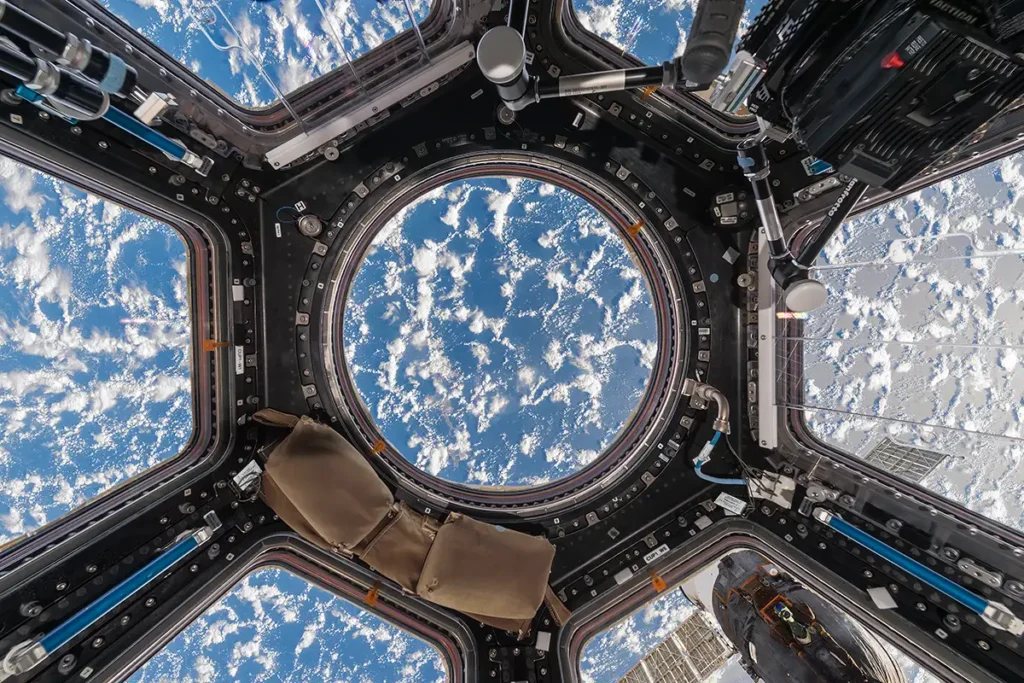
Orbit
The ISS orbits Earth at an altitude of approximately 250 miles (402 kilometers), covering 90% of the Earth’s population. Its solar panels make it visible from the ground at dusk or dawn, and its path can be tracked online at spotthestation.nasa.gov.
Speed
The ISS travels at about 17,500 mph (28,000 km/h), circling Earth every 90 minutes. In one day, it covers the distance equivalent to traveling from Earth to the moon and back.
Transportation
Astronauts typically reach the ISS via SpaceX’s Crew Dragon capsule or Russia’s Soyuz capsule. Crew Dragon has been in use since May 2020, following the Demo-2 mission, while Boeing’s Starliner is also preparing for crewed missions.

Life and Work on the ISS
Astronauts spend around six months on the ISS, conducting scientific experiments, performing maintenance, and occasionally doing spacewalks. Their daily routine includes exercise, personal care, outreach events, and social media updates. The ISS serves as a research platform for human health, aiding in preparations for future missions to the moon or Mars.
Science and Maintenance
The ISS facilitates diverse research, including biological experiments and testing new technologies. Maintenance often requires spacewalks, supported by robotic systems like Robonaut 2, Canadarm2, and the European Robotic Arm.
Key Modules and Components
- First Module: Russia’s Zarya, launched in 1998.
- Other Major Modules: NASA’s Unity, Russia’s Zvezda, NASA’s Destiny Laboratory, Japan’s Kibo, ESA’s Columbus, and more.
- Robotic Arms: Canadarm2, Dextre, and the European Robotic Arm.
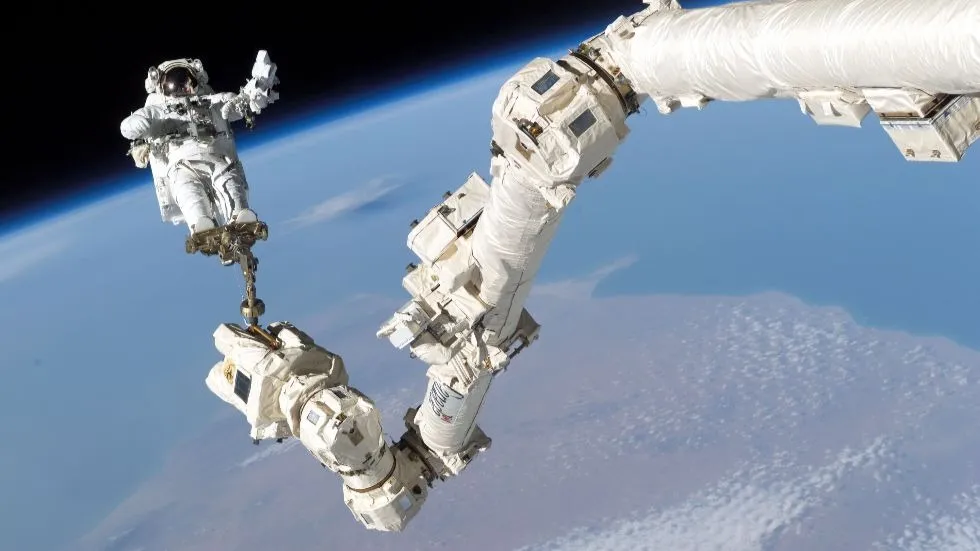
Visiting Vehicles
Besides Crew Dragon and Soyuz, the ISS is visited by various uncrewed spacecraft, including Russia’s Progress vehicles and NASA-contracted commercial cargo spacecraft like SpaceX’s Dragon and Northrop Grumman’s Cygnus.
Records and Milestones
- Longest Spaceflight by an American: 355 days by Mark Vande Hei (2021-2022).
- Longest Single Spaceflight by a Woman: 328 Days by Christina Koch (2019-2020).
- Most Time in Space by a Woman: 665 Days by Peggy Whitson.
- Most People in Space at Once: 13 during NASA’s STS-127 mission (2009).
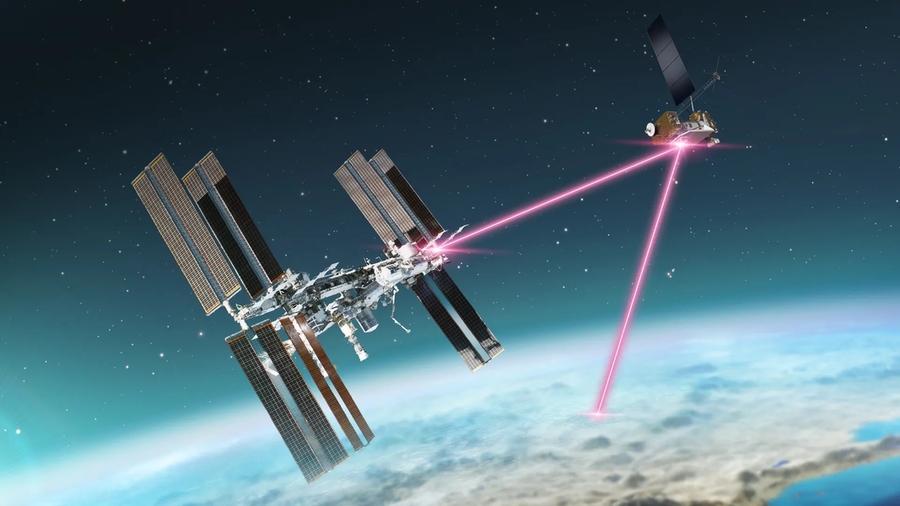
Russia’s Role
Russia is a key partner, but tensions have risen following the 2022 invasion of Ukraine. Despite this, ISS operations continue. Russia plans to withdraw by 2024 to build a new space station, while NASA and other partners explore alternatives for the ISS’s propulsion and maintenance needs.
For more information on tracking and photographing the ISS, you can visit our guide. The ISS remains a testament to international cooperation and a beacon of human ingenuity in space exploration.


